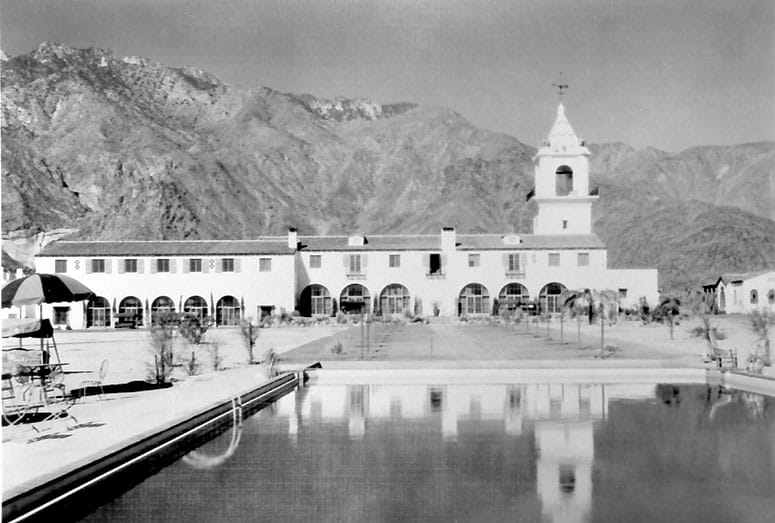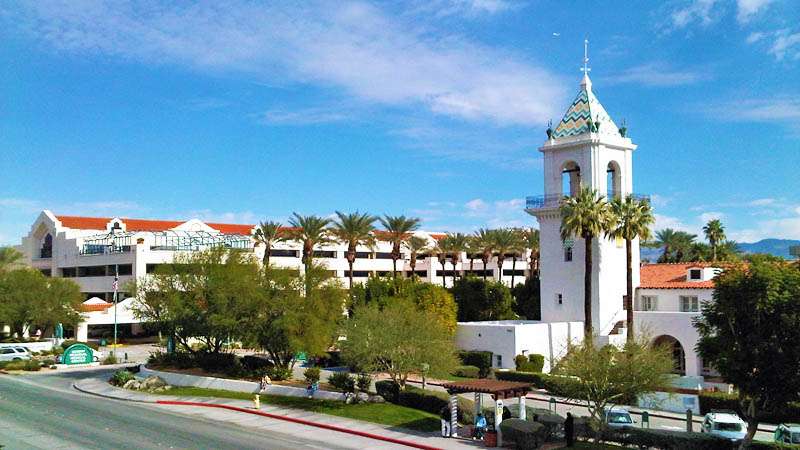About Desert Hospital Auxiliary
From Humble Beginnings
The “Gray Ladies” were born during World War II, when the U.S. Government commissioned El Mirador Hotel and renamed it Torney General Hospital after the Surgeon General George H. Torney at that time. They assisted the medical staff in providing services to the injured soldiers. The Gray Ladies became the Desert Hospital Women’s Auxiliary and received its charter on June 5, 1951, but it wasn’t until 1957 that the Auxiliary was officially established when Virginia Farrell, the actor Charlie Farrell’s wife, was elected as the Auxiliary’s first president.

The Hollywood Connection
In the 60-80s Frank Sinatra was very much engaged with the Desert Hospital Auxiliary. The women were wives of doctors, attorneys and other prominent people in the city. Many of these women hosted extravagant fashion shows, often featuring Helen Rose, and were occasionally attended by celebrities. In 1970-80, the Auxiliary volunteers were able to raise millions of dollars in conjunction with Frank Sinatra to build the main hospital Sinatra Tower and adjoining departments (x-ray, surgery, gift shop, Tiempo de Los Niños tower, as well as the lobby and cafeteria). Frederick Loewe, famed composer, songwriter and Broadway producer also helped to raise money for Desert Hospital buildings and other projects.
The Auxiliary Today
In 1974, the Auxiliary changed its name to Desert Hospital Auxiliary in recognition of the men who wished to become volunteers.
With the advent of Tenet Healthcare System operation in 1997, the hospital became a for-profit facility and the Auxiliary’s funds could no longer be given to the hospital. The Auxiliary became a separate non-profit organization directing its support to Desert Healthcare District oriented projects. Now titled Desert Regional Medical Center Auxiliary, it has awarded many grants to deserving charitable organizations and has established a two-year scholarship program for deserving VolunTeens to further their education.
Now we have an average of 300 volunteers with about 250 actively working (before Covid). Since the Auxiliary started tracking volunteer hours in 2005, dedicated volunteers have contributed over 1.5 million hours to the hospital’s patients and visitors.

